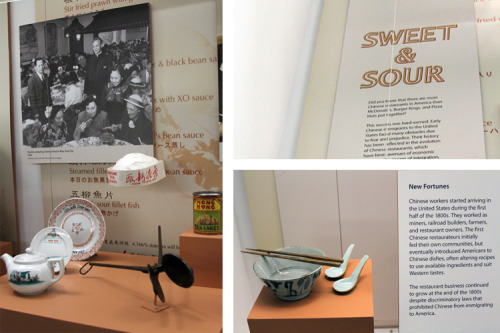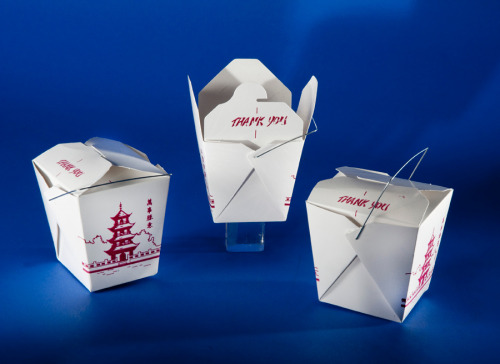pag-asaharibon:Sweet & Sour: A Look at the History of Chinese Food in the United StatesThe Smith
pag-asaharibon:Sweet & Sour: A Look at the History of Chinese Food in the United StatesThe Smithsonian’s National Museum of American History’s Sweet & Sour showcase represents a milestone within an ongoing initiative by the museum to focus on its Chinese American history and culture through collections. The project called for collecting a variety of Chinese restaurant-related objects ranging from menus, restaurant signs, and cooking tools. These items provide a glimpse into the long history of Chinese immigration, exclusion, exoticism, and perseverance.The history of Chinese immigration dates back to the mid-1800s when Chinese workers arrived in the United States to work as miners, railroad builders, farmers, and laborers. The first Chinese restaurants were not opened by professionally trained chefs, but by immigrants who were denied work elsewhere or simply wished to feed their own communities. The Chinese restaurant business continued to expand throughout the early 1900s as Americans became intrigued with new exotic flavors at an inexpensive price. Chinese restaurant-owners found ways to combine their traditional recipes with Western flavors in order to attract more American customers. Chop suey, which means “little pieces,” quickly became a culinary trend. A combination of familiar ingredients such as meat, fish, vegetables, eggs, and sauce invited Americans to experience a new culture.As more Chinese immigrants crossed the U.S. border around 1965, new recipes and flavors made their way into Chinese restaurant menus. Mixing old Cantonese-style cuisine with new dishes from the Szechuan and Hunan regions continued to spike American restaurant-goers interest in the food. Today, there are more than 41,000 Chinese restaurants in the United States. -- source link
Tumblr Blog : pag-asaharibon.tumblr.com
#asian american#smithsonian#history#exhibition


